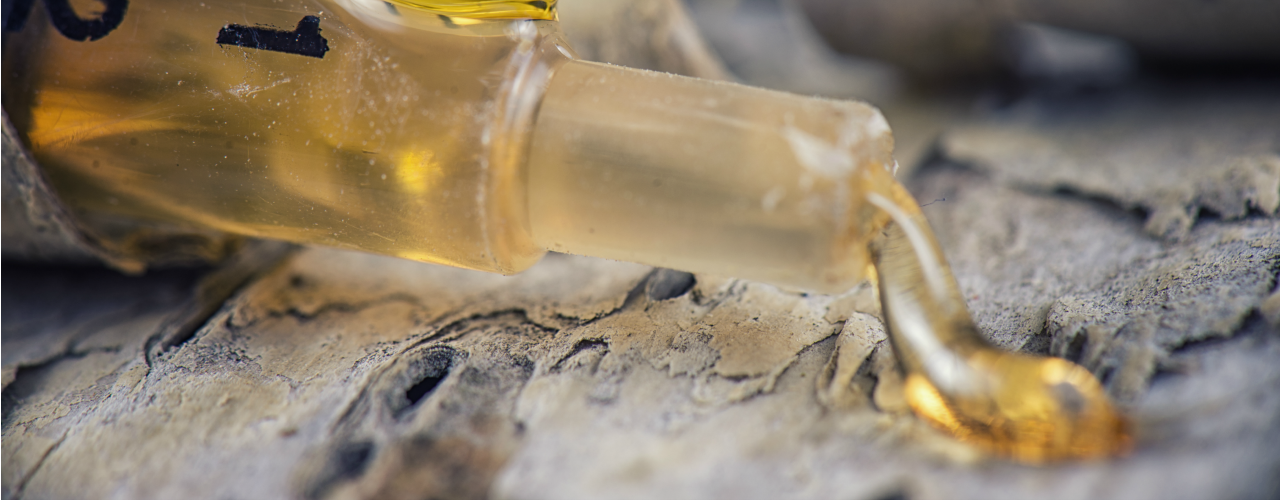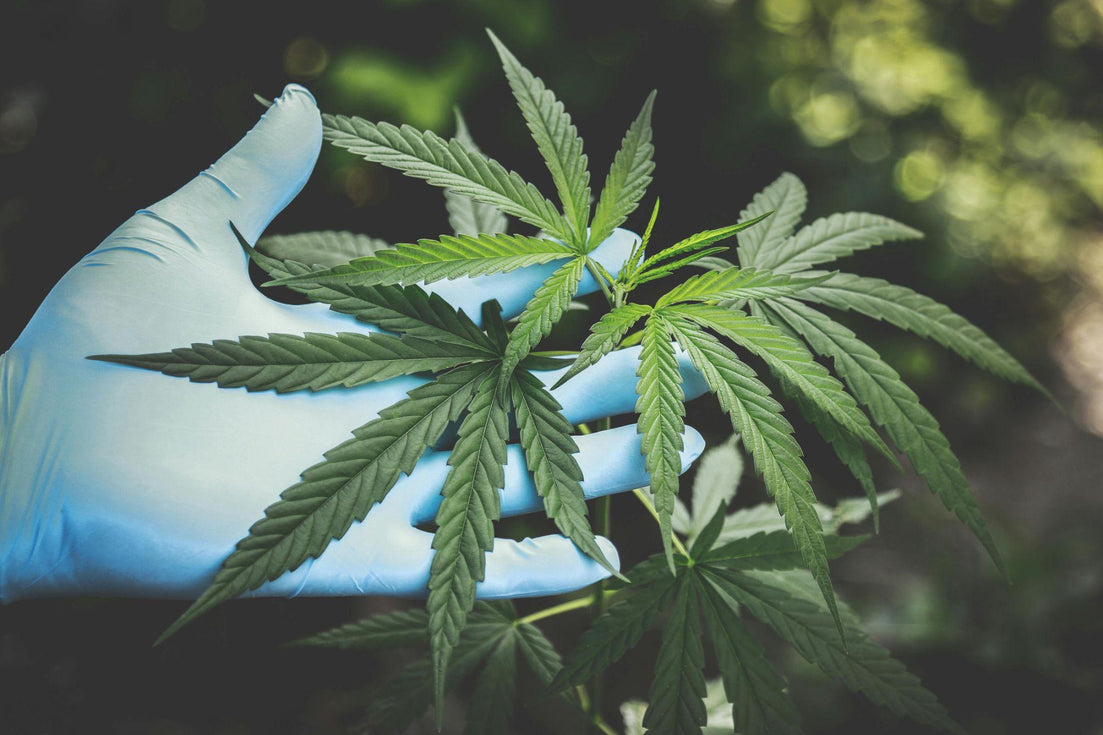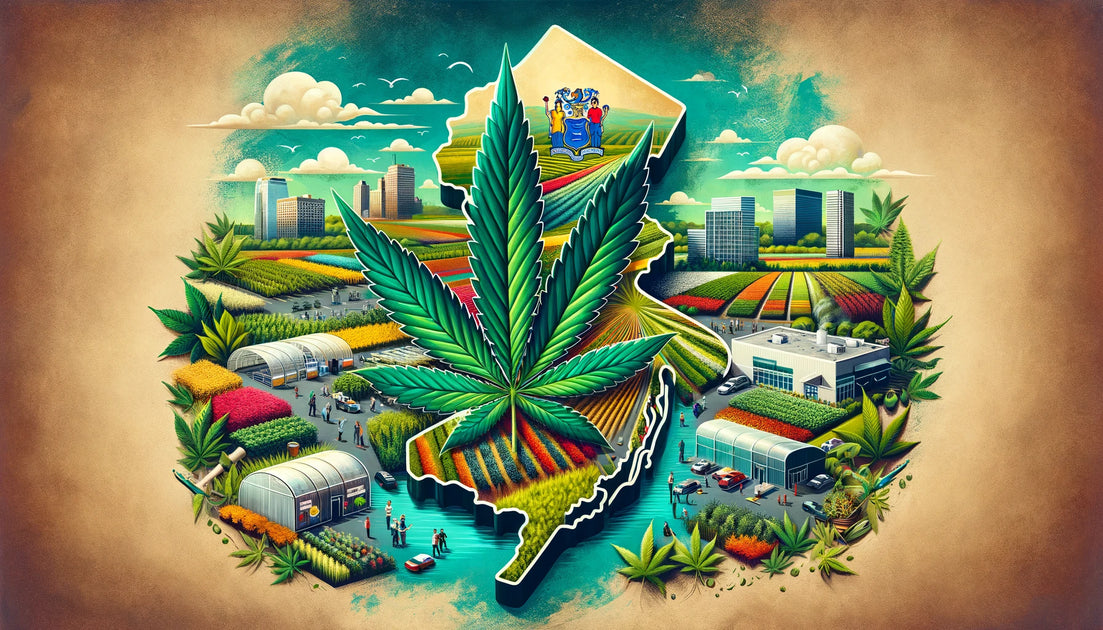Your cart is currently empty.

Marijuana has long been in the spotlight of research into treatment options for epilepsy. For far too long, this research has faced obstacles due to people finding cannabis a taboo topic. Thanks to the many, many states legalizing medical and recreational marijuana, the topic isn’t as taboo as it used to be and research has made some major strides.
What is Epilepsy?
Epilepsy is a condition wherein the patient has recurrent, unpredictable seizures. These seizures, more often than not, lead to severe side effects and worsening health problems. Epilepsy originates in the brain, but seizures affect the whole body.

EPILEPSY AFFECTS MILLIONS OF PEOPLE OF ALL AGES. PHOTO BY: @KESHIA_MELTON
When a seizure occurs, changes in the chemical composition of brain cells trigger abnormal electrical activity, preventing other cells from properly communicating which leads to either a lack or overflow of cellular communication. There are 21 different epileptic syndromes that are recognized by the Epilepsy Foundation which are characterized by certain medical events usually occurring together.
Millions of people are affected by epilepsy each year in the United States alone. An average of 150,000 Americans develop epilepsy every year. It’s more common for young children and the elderly to develop epilepsy. Statistically speaking, one-third of those suffering from epilepsy have yet to find a cure that works for them.
Side Effects of Epilepsy
The severity of the side effects of epilepsy depends on the type of epilepsy and the severity of the condition. Some of the common impacts epilepsy can have on those inflicted by it are as follows:
- Social impact - struggling in social environments (work and school)
- Cognitive disabilities
- Behavioral changes - variances in mood and anxiety
- Learning disabilities
- Unexplained injuries from the seizures (stiffness, illnesses, falls)
- Deterioration of reproductive health
- Risk of death
- Osteoporosis
Treatments
There are many different treatments available for epilepsy, depending on the syndrome. Some need a cocktail of medications to ease their epileptic symptoms, but others can find just one or two that’ll do the trick. Unfortunately, most of these medications come with intolerable side effects or only relieve epileptic symptoms because they place the patient in a vegetative state.

CBD OIL HAS PROVEN HIGHLY EFFECTIVE IN TREATING DRAVET SYNDROME @SARAHHIGGINSYEOMAN
In the case of Dravet Syndrome, for example, a condition which usually begins within the first year of life, patients see little relief from their seizures with dietary changes or medical treatment. Seizures caused by this condition tend to occur more frequently, which is highly hazardous as it directly affects the child’s development.
For those that can’t find relief from common pharmaceuticals, the medical interest in cannabis has been a lifesaver.
Medical Marijuana’s Affect on Epilepsy
The case of little Charlotte Figi is what started most of the medical research into marijuana’s effect on this severe form of epilepsy. Charlotte’s mother stumbled upon a low-THC, high-CBD strain of medical marijuana that finally showed signs of controlling her daughter’s severe Dravet Syndrome. Famous growers, the Stanley brothers put the strain on the market thanks to Charlotte’s story and even named it after, calling the strain Charlotte’s Web. After Charlotte’s success became known, more and more families started following suit.

MARIJUANA HAS THE ABILITY TO PREVENT SEIZURES. PHOTO BY @SICKEST1HEALTHY
The problem facing the studies surrounding medical marijuana is the fact that the drug remains illegal. In several states, marijuana usage has been made legal in one way or another, but it still remains illegal at the national level and in several states throughout the country. This has driven desperate families to uproot and move where they can have access to this life-changing medication or smuggle it illegally to provide their child with some relief.
The Facts We Know
Since marijuana was classified as a Schedule 1 drug, it’s not been made readily available for the many medical conditions it could treat or even cure. This classification of marijuana led to a war on drugs and widespread misinformation surrounding marijuana, its effects, and its potential benefits. While some researchers stopped trying due to the stigma and regulations, others continued their work. In 1973, Dr. Carlini, a neurology specialist, found the most concrete demonstration of marijuana’s anticonvulsant properties.

LAB MICE PLAY A HUGE ROLE IN SCIENTIFIC STUDIES INVOLVING MARIJUANA. PHOTO BY @FATALII_SPIRIT
By administering CBD to an epileptic mouse, Carlini showed that the cannabinoid was more successful than THC in protecting the epileptic mice from seizures induced by leptazole. Since most of the stigma surrounding marijuana involved its hallucinogenic effects, this find was particularly interesting as CBD does not contain the hallucinogenic property THC does.
In 1975, another study showed THC’s effectiveness in preventing seizures in baboons and cats by Juhn Wada. But in 1980, Carlini went on to show that CBD was more useful through a study conducted on human epileptic volunteers. Four out of eight of the volunteers experienced almost complete remission of their seizures, three out of the eight showed total remission, and only one subject quit the study when they found the medication to be ineffective.
Within the last two years, Epidiolex was released by GW pharmaceuticals that contains CBD oil to treat epilepsy. Access to this medication, however, is extremely controlled because it still remains illegal at the federal level. While Epidiolex currently doesn’t contain any THC, the senior medical advisor of GW Pharma, Ethan Russo, is investigating the potentiality of THC and CBD working better together to suppress seizures than independently.
The Risks
The actual potential dangers surrounding medical marijuana are few and far between. Many of these “risks” are unsupported and over-exaggerated. The medications that are currently used to treat epilepsy cause dependency and come with a high risk of overdose, while medical marijuana has very little known downsides and no risk of fatal overdose.

THIS BEAUTIFUL DRAWING COMES FROM @JOELWADEARTIST
The real risk involved with medical marijuana is on the side of the pharmaceutical industry. Medical marijuana has been found and suspected to contain properties allowing it to treat and cure a variety of illnesses, which would cut into the prophets enjoyed by the pharmaceutical industry.
How Can We Affect Change
The only way to affect change in the world of medical marijuana is to take action. Encourage the spread of accurate information surrounding medical marijuana and the many benefits it could have on medical science. Things are already starting to look up for the prospects of medical marijuana as people are speaking up and demanding action, politicians are being pressured, and as long as there is persistence change will continue to occur.

THIS BEAUTIFUL PHOTO WAS BROUGHT TO YOU BY @STONED_SEAN
If you’d like to see more happen in the way of medical marijuana for epilepsy, you have to speak up and make your voice heard. Ensure you are fully informed and that others don’t spread misinformation surrounding the many benefits of medical marijuana.



